Concreto pulido vs microcemento: ventajas de cada revestimiento
Actualmente hay mucha confusión, producto de la ignorancia, acerca del concreto pulido. De hecho, la mayoría de las personas lo asocian con el típico piso de estilo industrial y de fuerte tonalidad gris con efecto espejo que se usa en los interiores y exteriores de grandes áreas como oficinas, tiendas, fábricas, almacenes y estacionamientos. Incluso, aunque en muchísima menor medida, en algunas casas particulares.
No obstante, en la mayoría de ocasiones lo que se da por hecho que el concreto pulido es en realidad microcemento. El revestimiento decorativo que en estos momentos es tendencia en la decoración y diseño de interiores, tanto en casas como en comercios y locales. Un recubrimiento que también se ha extendido como la pólvora en terrazas exteriores, fachadas o albercas.
En este artículo encontrarás todo lo que tienes que saber y no sabías del concreto pulido: qué es, sus principales cualidades, los diferentes acabados que permite, el proceso de aplicación, el precio por metro cuadrado y, sobre todo, las principales diferencias con el microcemento o microcemento alisado.
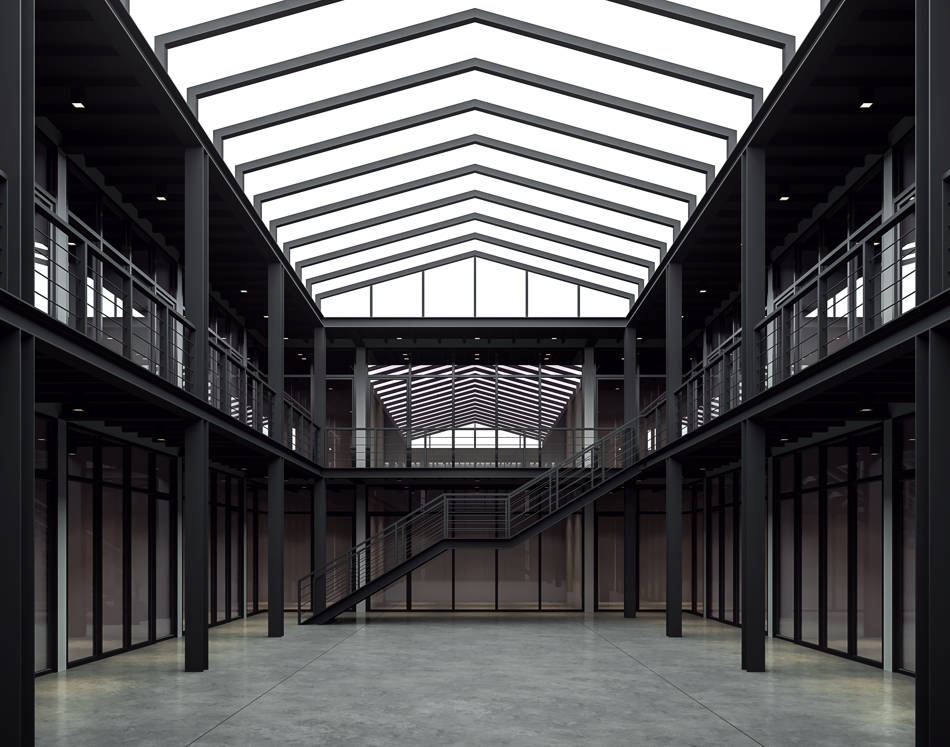
¿Qué es el concreto pulido?
El concreto pulido, también llamado cemento pulido, es en realidad un acabado decorativo, no un revestimiento como tal. Este producto se utiliza sobre todo en espacios exteriores de estacionamientos, centros comerciales o canchas deportivas y, en mucha menor medida, en alguna habitación interior.
El concreto pulido es un acabado resultante de espolvorear un mortero cementoso con áridos y, después, pulir el piso para sacarle brillo con una pulidora rotativa. Esta técnica de pulir el pavimento se denomina fratasado.
Ventajas del concreto pulido
El concreto pulido está diseñado para cubrir superficies donde lo más importante es la funcionalidad del pavimento más que la estética del mismo. ¿Por qué? Porque el concreto pulido se caracteriza por su gran durabilidad y resistencia, dos elementos que lo hacen ideal para revestir aquellas superficies industriales que están expuestas a un alto tráfico y peso. De hecho, son muy utilizados para áreas de carga y descarga, ya que el pavimento de concreto pulido no se quiebra.
Además los pavimentos de concreto pulido resisten muy bien a la rodadura de llantas. Es por ello que observamos este tipo de acabados con mucha frecuencia en estacionamientos y parkings.
Otra de las cualidades de los pisos de concreto pulido es que su superficie lisa y brillante evita la acumulación de polvo y suciedad. Un acabado que también favorece la sensación de amplitud.
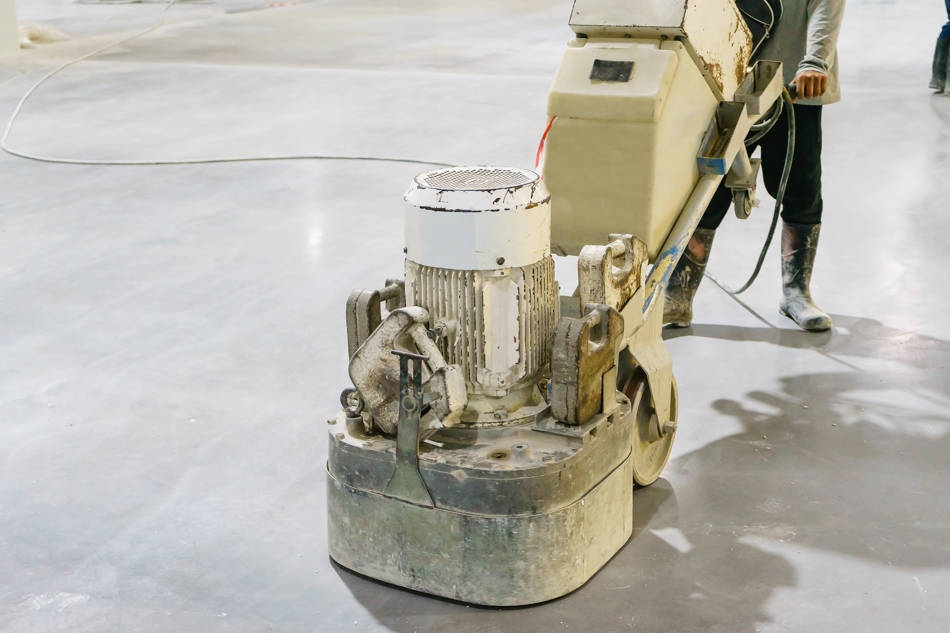
Desventajas del concreto pulido
Pero también hay que saber que el concreto pulido presenta una serie de inconvenientes y desventajas a tener en cuenta. A continuación señalamos las principales:
- El concreto pulido puede perder brillo con el tiempo a causa de líquidos muy abrasivos como lo son los disolventes industriales. Por tanto, habrá que volver a pulirlo.
- Puede terminar fisurándose y aparecer grietas si no se realizan de manera correcta las juntas de dilatación o se hace un mal uso del pavimento.
- Es necesario evitar aplicar este acabado en lugares con temperaturas frías o muy calientes, ya que el concreto pulido no es un buen aislante térmico.
- Únicamente se puede aplicar en superficies horizontales.
- El proceso de aplicación requiere de tiempo, ya que exige realizar trabajos y utilizar maquinaria. A colación de esto, tiene juntas.
- Al igual que con la temperatura, el piso de concreto pulido tiene poco aislamiento acústico.
- Es un material de baja porosidad y, además, necesita de malla para su estructura.
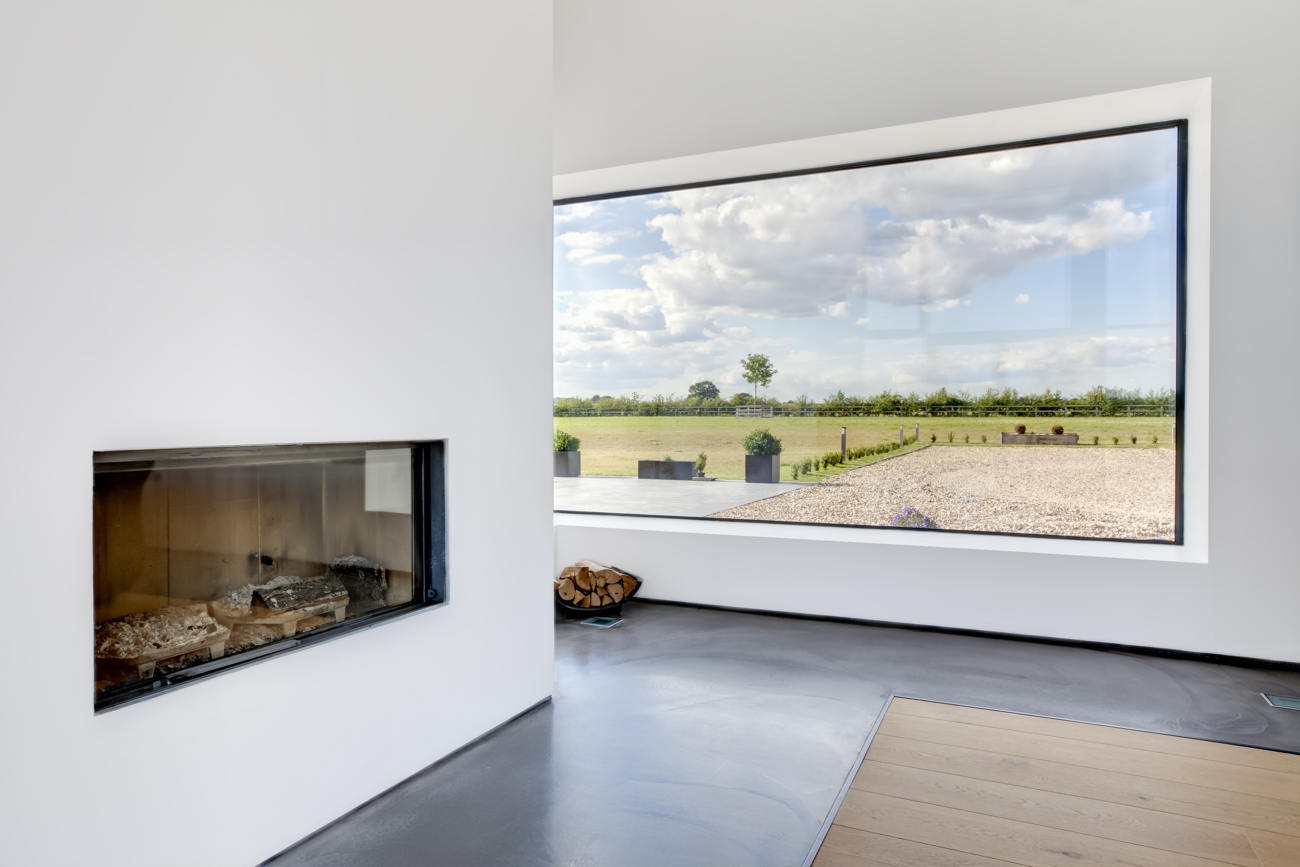
Acabados en concreto pulido
Aunque el concreto pulido se asocie sobre todo a los acabados de color gris por los emplazamientos en los que se suele aplicar, existe la posibilidad de elegir colores en teoría más arriesgados como negro, rojo, verde... El concreto pulido o cemento pulido se aplica en aeropuertos, estacionamientos y parkings, centros comerciales y fábricas.
Baños de concreto pulido
Los baños y lavabos de concreto pulido no existen. Se confunde este tipo de acabado con el uso de otros revestimientos decorativos como puede ser el concreto bruñido o un lavabo de microcemento. De hecho, el microcemento es uno de los recubrimientos más empleados para renovar esta estancia por las grandes posibilidades de uso que ofrece.
El microcemento en baños es perfecto para forrar platos de ducha o bañeras, gracias a la capacidad impermeable y antideslizante que puede alcanzar gracias al uso de selladores específicos. Pero también para crear estanterías, muebles de baño, paredes y pisos.
Cómo hacer un piso de concreto pulido
La instalación de un piso de concreto pulido no dista mucho del proceso de aplicación de otro tipo de pavimento de concreto. Los componentes de arena, agregados, cemento y agua son indiscutibles.
Como también lo es que la mezcla del concreto se puede realizar tanto in situ como con mezcladoras de concreto especializadas. Esta última alternativa es la más indicada cuando hay que revestir superficies de grandes dimensiones.
A continuación, explicamos paso a paso cómo hacer un piso de concreto pulido correctamente:
Paso 1: preparar el terreno
Adecentar el terreno, asegurándose que no haya escombros ni suciedad. Si lo hubiese, retirar y limpiar. Después comprobar los niveles del pavimento, por si fuera necesario rellenar la superficie.
Paso 2: encofrado
Formar el área que será pavimentada con concreto pulido. Un proceso cuya duración variará dependiendo de los metros cuadrados de superficie.
Paso 3: usar malla de alambre
El siguiente paso consiste en fortalecer la estructura del futuro piso de concreto pulido. Para ello es necesario usar malla, lo que dotará al pavimento de mayores resistencias.
Paso 4: verter el concreto
Vaciar la mezcla de concreto sobre el pavimento. Es muy importante en este paso alisar y nivelar la superficie, con la ayuda de una regla.
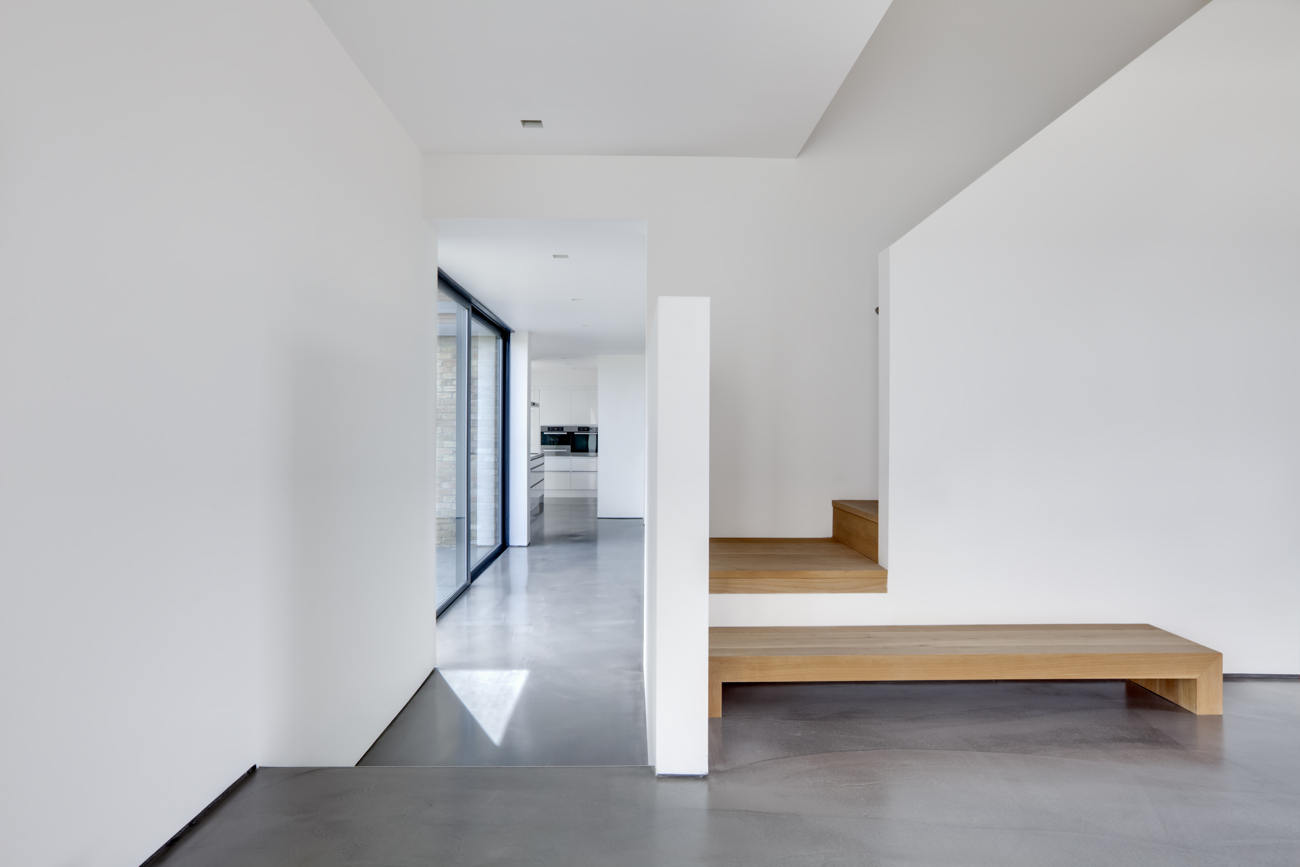
Paso 5: verificar el grosor de la losa
Es momento de verificar el grosor de la losa, en función del nivel que hayamos empleado como referencia en el paso del encofrado.
Paso 6: curado del concreto
Esperar a que el concreto se cure y seque correctamente. Si fuera preciso, utilizar un flotador para alisar el pavimento para obtener un acabado mucho más liso.
Paso 7: pulir el piso
Para terminar de hacer un piso de concreto pulido, hay que pulir la superficie para obtener ese brillo tan característico. Se puede hacer con un helicóptero o una pulidora.
¿Se puede aplicar concreto pulido en exterior?
Que el concreto pulido sea un revestimiento decorativo que predomina en interiores no significa que su uso se limite a dichos espacios. La resistencia y durabilidad de las que goza este material le convierten en una alternativa igual de válida en exteriores. Una ambivalencia que, a pesar de las contras que presenta este material en comparación por ejemplo con el microcemento, conforma la razón de ser de su popularidad en los últimos años.
De esta manera, es una técnica decorativa que puede aplicarse en multitud de espacios exteriores tales como estacionamientos, centros comerciales, supermercados, naves industriales, etc.
Precio del concreto pulido por m2
El precio del concreto pulido por metro cuadrado depende de varios factores, entre ellos las dimensiones del piso a revestir así como si se encuentra en interior o exterior. En este sentido, el costo final puede verse incrementado en algunas aplicaciones en exterior.
De la misma manera, las tarifas de cada profesional pueden provocar oscilaciones significativas en el precio de la misma manera que la época en la que se realice la obra. A grandes rasgos, el precio del concreto pulido por m2 oscila entre los 40 y 50 euros aproximadamente.
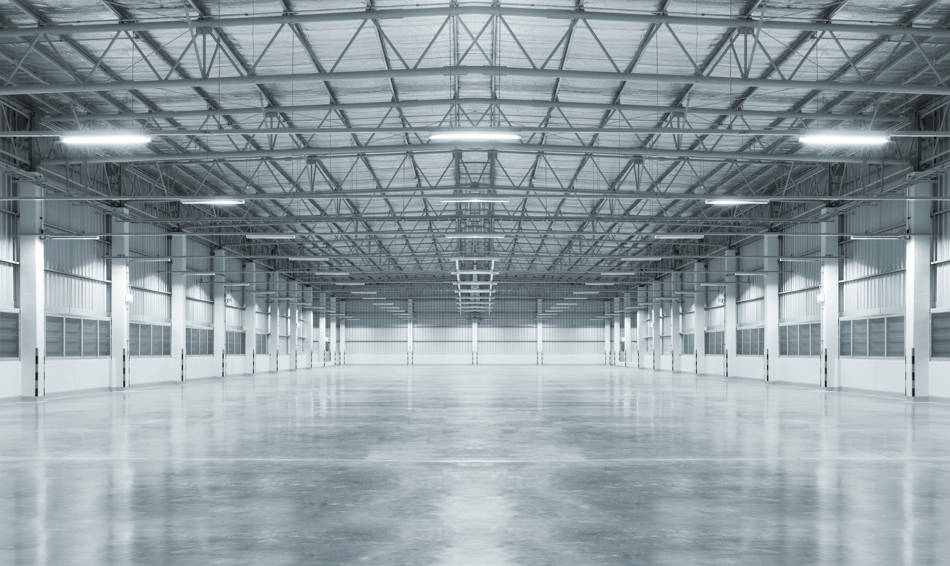
Cómo limpiar un piso de concreto pulido: consejos de experto
Las estancias que contienen pisos de concreto pulido respiran modernidad por los cuatro costados. Especialmente los ambientes en los que se ha buscado reproducir el popular estilo industrial. Pavimentos muy prácticos y resistentes que siguiendo un pequeño protocolo de limpieza lucirán impecables por mucho tiempo.
Toma nota de los mejores consejos para limpiar un piso de concreto pulido. ¡Los expertos hablan!
1. Limpieza diaria del piso de concreto pulido
Aunque este acabado no exige una limpieza en profundidad como lo hacen otros materiales como el parquet o la madera, mucho más delicados, es muy recomendable limpiar cada día el piso de concreto pulido. Aunque sea de una manera superficial y rápida. ¿Cómo? Con un paño o mopa para quitar primeramente el polvo, y después fregar la superficie con agua y jabón neutro.
2. Enjuagar con agua, siempre
Para mantener el piso de concreto pulido lustroso es muy importante aclarar con agua tras el empleo del jabón neutro. Un tip que cobra más relevancia si cabe cuando se sustituye el jabón por productos limpiadores. En este caso, si no se aclara con agua el pavimento tras su uso, los residuos que pudieran quedarse sobre la superficie reducirían su brillo de forma progresiva hasta apagarse. Prohibido dejar que el producto seque para echar agua.
3. Mantén alejados los productos agresivos y con aceites
Nunca, bajo ningún concepto, limpies tu piso de concreto pulido con productos agresivos ni que incluyan aceite en su formulación. No emplees amoniaco, lejía ni productos de base solvente; el pavimento perderá brillo. Haz lo propio con productos de base aceite, porque se creará una especie de película sobre el pavimento que hará que prolifere la creación de suciedad.
Mantenimiento del piso de concreto pulido: lo que debes hacer
Que las resistencias de un piso revestido con concreto pulido sean excepcionales no quita que haya que mantenerlo en buenas condiciones para que siga siendo así por mucho tiempo. Algo lógico que ocurre con cualquier material que decore el pavimento del hogar, independientemente del espacio en el que se encuentre.
En este sentido, y al igual que ocurre con la limpieza y se acaba de explicar, los expertos también coinciden en los pasos a dar para mantener en un estado óptimo por mucho tiempo el piso de concreto pulido. Esto es lo que tienes que saber, y hacer.
Acierta con el barniz sellador
El barniz protege el piso de concreto pulido, le dota de una mayor resistencia y de acabados impermeables. Tan importante hacer una aplicación perfecta del material como de sellarlo como toca. El barniz se puede aplicar de manera periódica, si así se desea, para fortalecer las prestaciones del acabado.
2. Renueva la capa protectora 1 vez al año
Una vez al año no hace daño. Un popular dicho que se puede extrapolar al concreto pulido. En los pavimentos que padezcan un grado mayor de tránsito, es muy aconsejable renovar la capa protectora del piso entre 6 y 9 meses aproximadamente. Aunque dependerá en última instancia del uso.
3. Protege el piso de concreto pulido de manchas
A colación del consejo anterior, cuando la capa que protege el piso de concreto pulido se va deteriorando con el paso del tiempo queda totalmente expuesto a muchos factores. Las manchas son uno de ellos. Para evitar dolores de cabeza innecesarios, apunta.
¿Se ha derramado algún líquido o sustancia sobre el piso? ¡Limpia lo más pronto posible! Usa papel absorbente para evitar que la suciedad penetre en el pavimento.
Luego, limpia el piso con el producto más adecuado para eso. Si la mancha es de aceite, por ejemplo, tendrás que usar un desengrasante. Consejo de experto: para verificar la compatibilidad antes de arrepentirte por una mala decisión, haz una pequeña prueba con el producto en un área que no sea muy visible. Siempre enjuaga con agua después.
Diferencias entre concreto pulido y microcemento
Si llegados a este punto te estás planteando utilizar uno de estos dos materiales en tu proyecto, te proporcionamos información de utilidad para ayudarte en tu elección tras comparar los pros y contras de cada uno de ellos. A continuación, vamos a abordar las principales diferencias entre el concreto pulido y el microcemento.
1. El concreto pulido tiene mayor grosor que el microcemento
La diferencia más palpable entre ambos acabados es su grosor. El microcemento apenas tiene entre 2 y 3 milímetros, lo que posibilita que pueda aplicarse tanto en superficies horizontales (pisos, escaleras, techos...) como en superficies verticales como paredes. Es un material de construcción tan fino que al no pesar puede aplicarse en cualquier lugar sin miedo a que la carga estructural se vea afectada.
Algo que no ocurre con el concreto pulido, cuyo espesor se sitúa entre 5 y 10 cm y cuya aplicación se reserva únicamente a pisos y pavimentos.
2. El concreto pulido genera escombros, el microcemento no
Otra de las diferencias entre el microcemento y el concreto pulido se refiere a los escombros. El microcemento alisado se coloca sobre el material existente, ya sea piso o pared. Una excelente adherencia que evita las obras y los escombros que estas conllevan.
Caso totalmente opuesto al concreto pulido, un acabado que requiere obras para levantar por completo el piso o pavimento existente y el empleo de maquinaria para ello.
3. La instalación del concreto pulido es mucho más larga
Este punto está estrechamente relacionado con el anterior. Como el microcemento no requiere de obras, el proceso de aplicación es muy rápido. Un procedimiento que en el caso del concreto pulido se extiende ostensiblemente.
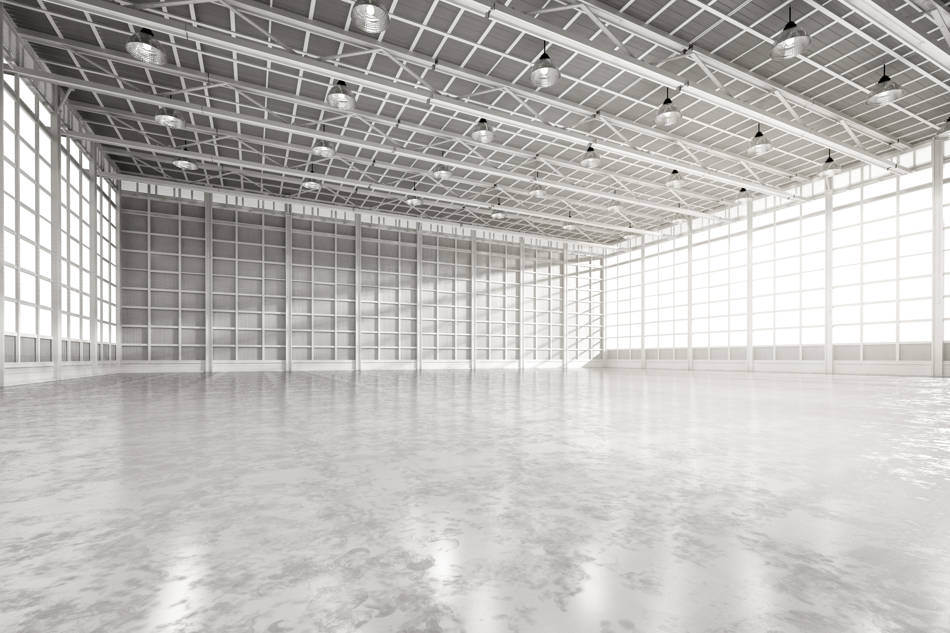
4. El concreto pulido es solo para pisos, el microcemento también para paredes
Mientras que la polivalencia del microcemento permite que se pueda utilizar como revestimiento de paredes y de pavimentos, el concreto pulido únicamente puede aplicarse sobre pisos. Una diferenciación que, como es lógico, ha disparado la popularidad del primero en detrimento del segundo.
5. Compatibilidad vs incompatibilidad con piso radiante
La calefacción por piso radiante es una gran alternativa a los radiadores y la calefacción central por sus beneficios. No obstante, este sistema no es compatible con cualquier revestimiento.
El microcemento, que goza de una gran conductividad térmica, es perfectamente compatible con un piso radiante. De hecho es uno de los materiales de construcción más recomendables. Aquí encontrarás todo lo que tienes que saber. Una cualidad de la que no puede presumir el concreto pulido.
6. Solo el concreto pulido necesita juntas de dilatación
El concreto pulido necesita de la confección de juntas de dilatación, aproximadamente cada 4 o 5 metros de distancia. En cambio el microcemento es un revestimiento continuo y, por lo tanto, no hay que elaborar juntas de dilatación. Es por esto que el uso del microcemento alisado se ha disparado en interiores en detrimento del concreto pulido.
7. El microcemento es más versátil que el concreto pulido
El microcemento no es solo un revestimiento continuo que no requiere de obras o juntas de dilatación, sino que además su aplicación es más rápida y sencilla.
Pero no solo por eso, sino porque el microcemento alisado también proporciona la seguridad de ser un revestimiento de excelente durabilidad y resistencia no solo al tránsito como el concreto pulido, sino también a golpes, al desgaste por abrasión, a los productos químicos o rayaduras, entre otros.
Y, por encima de todo, porque ofrece más soluciones decorativas ya que puede aplicarse sobre cualquier superficie (horizontal o vertical) y material (concreto, azulejos, baldosas, cerámica...). Un abanico más amplio que facilita que el microcemento se utilice en interiores y exteriores, tanto de viviendas particulares como de locales, negocios y demás empresas. En definitiva, por todo esto y más el microcemento es mucho más completo que el concreto pulido.
En definitiva, por todo esto y más, el microcemento es mucho más completo y versátil que el concreto pulido.
Suscríbete a nuestro boletín informativo
Recibe en tu email consejos para la aplicación y cuidado del microcemento, las últimas tendencias y novedades de los productos de Topciment.




